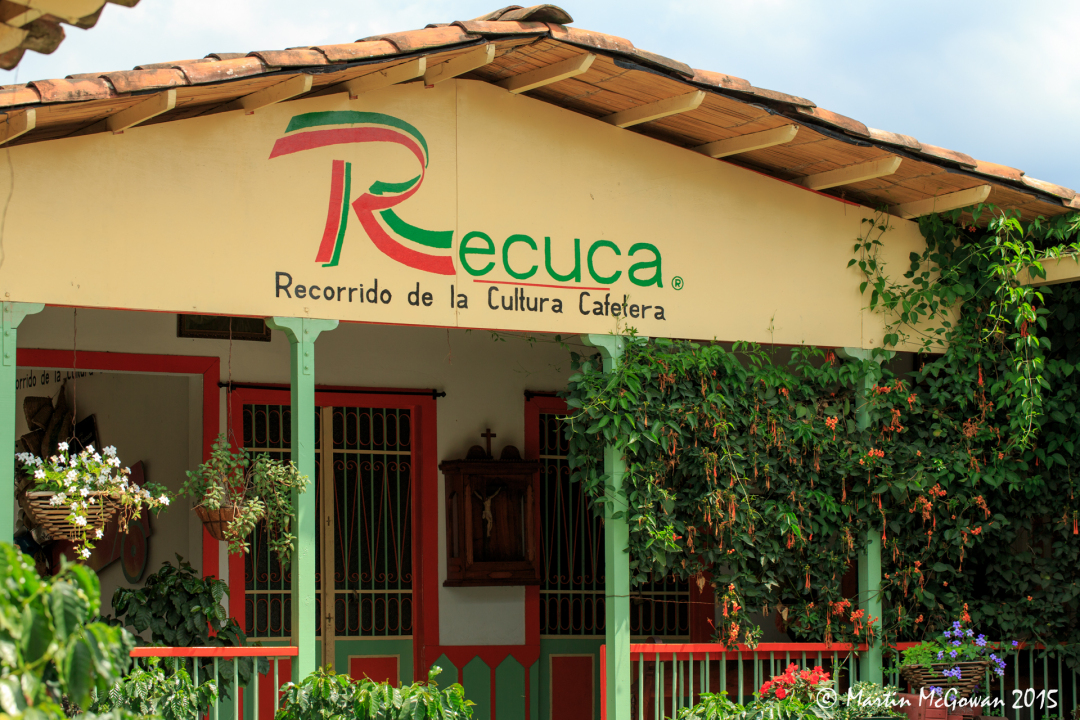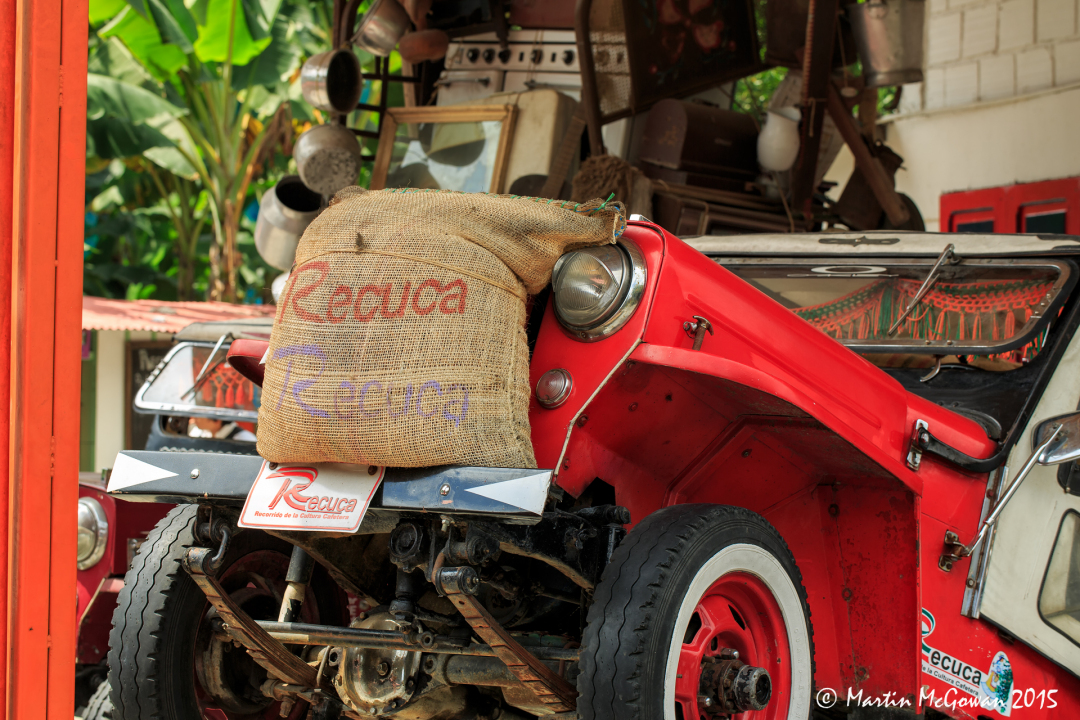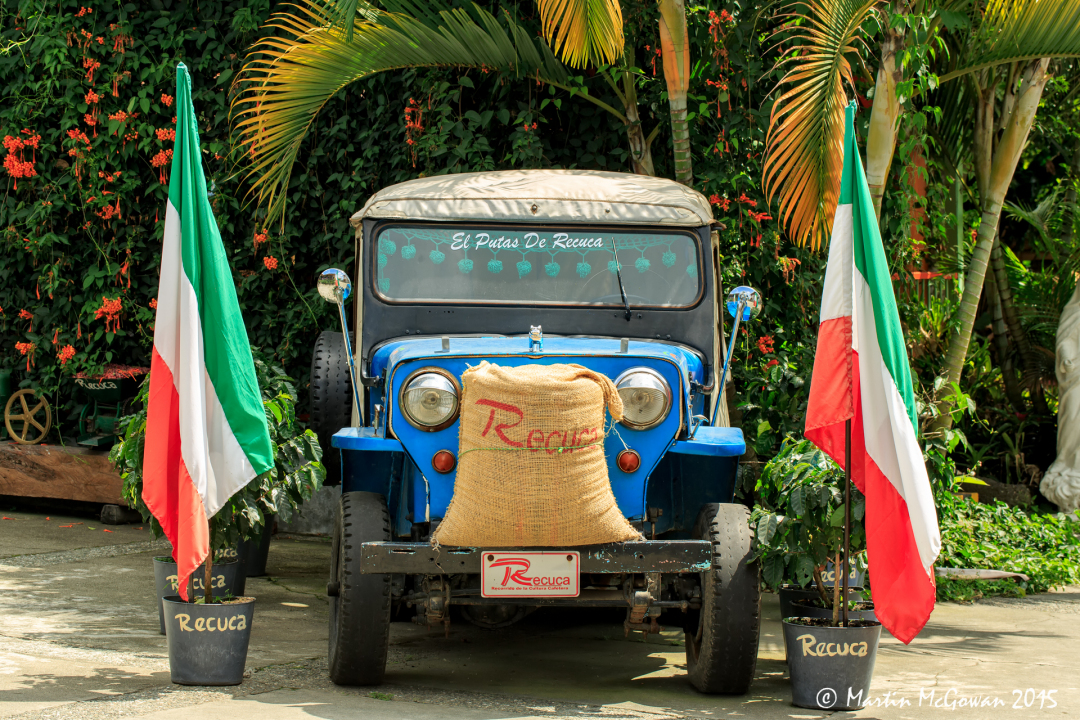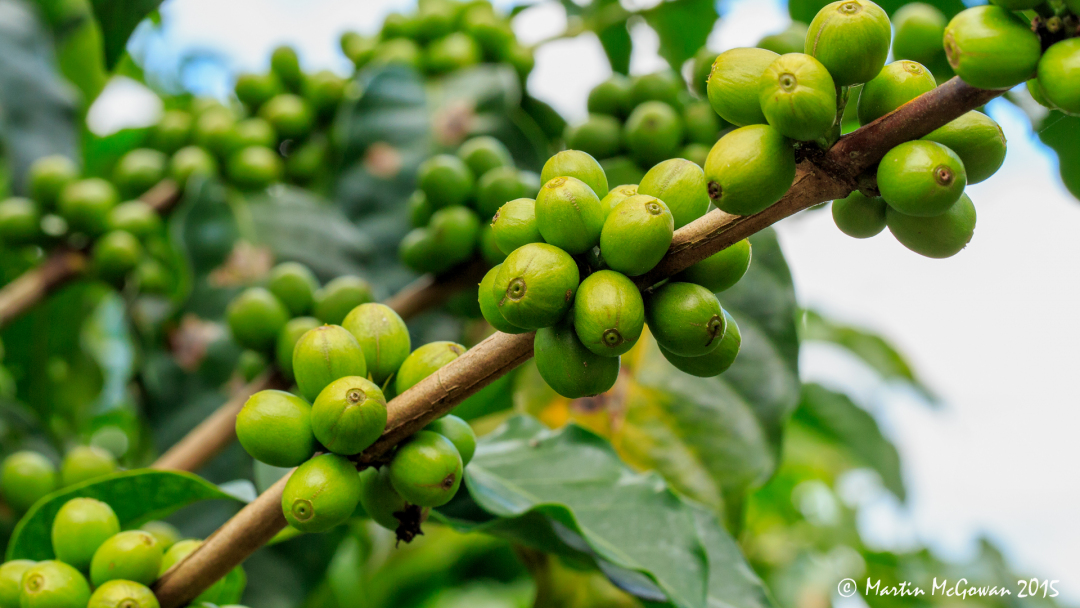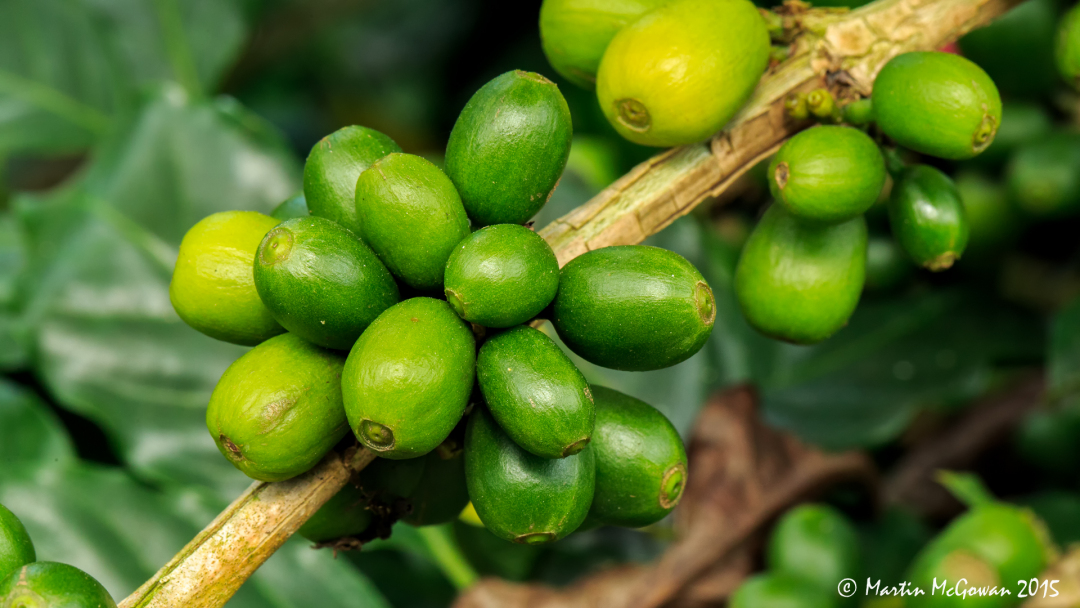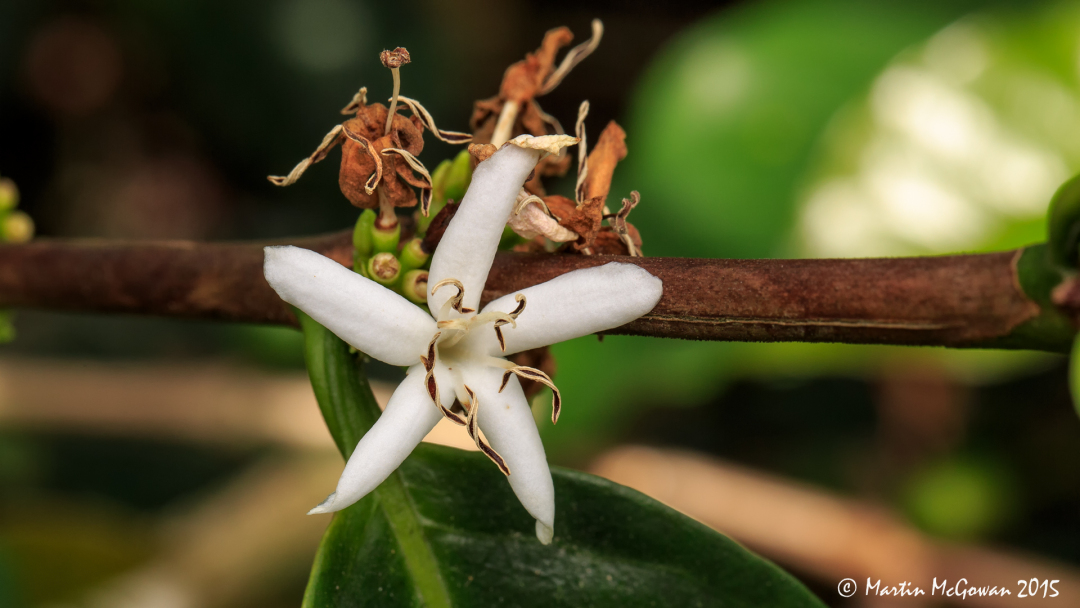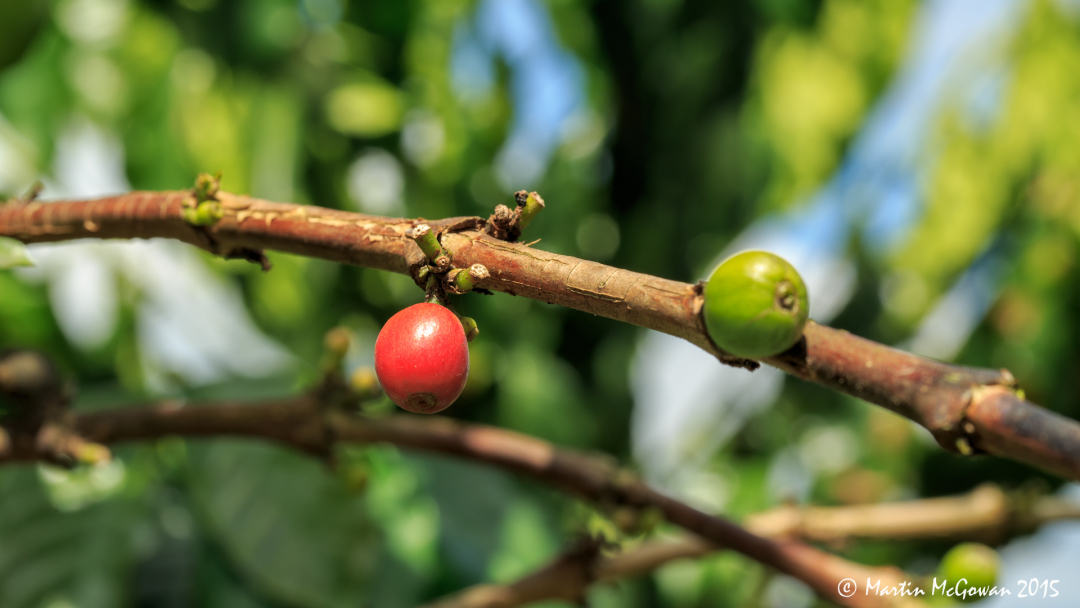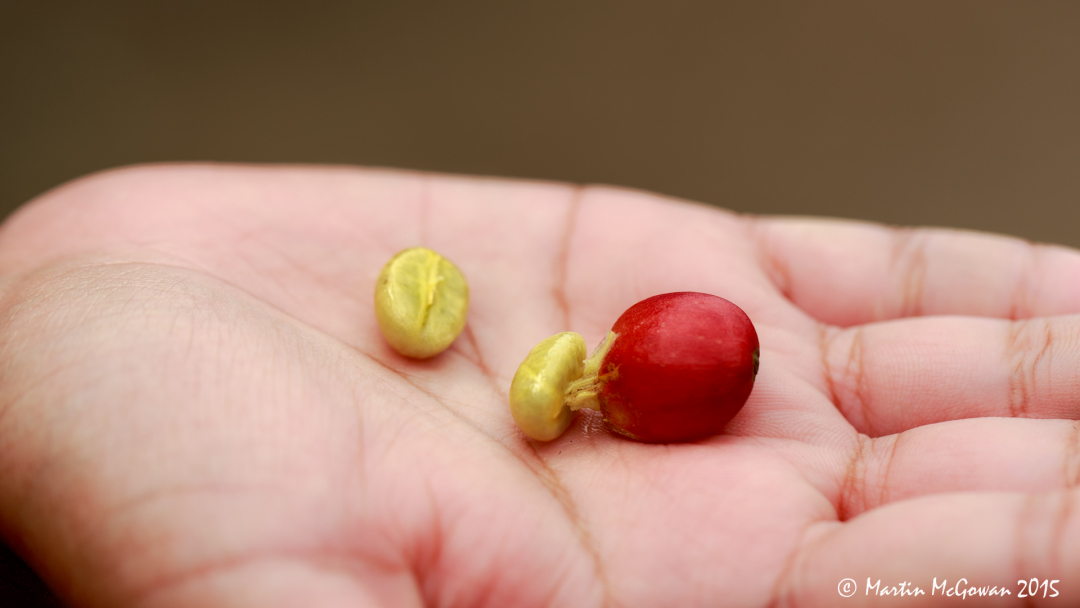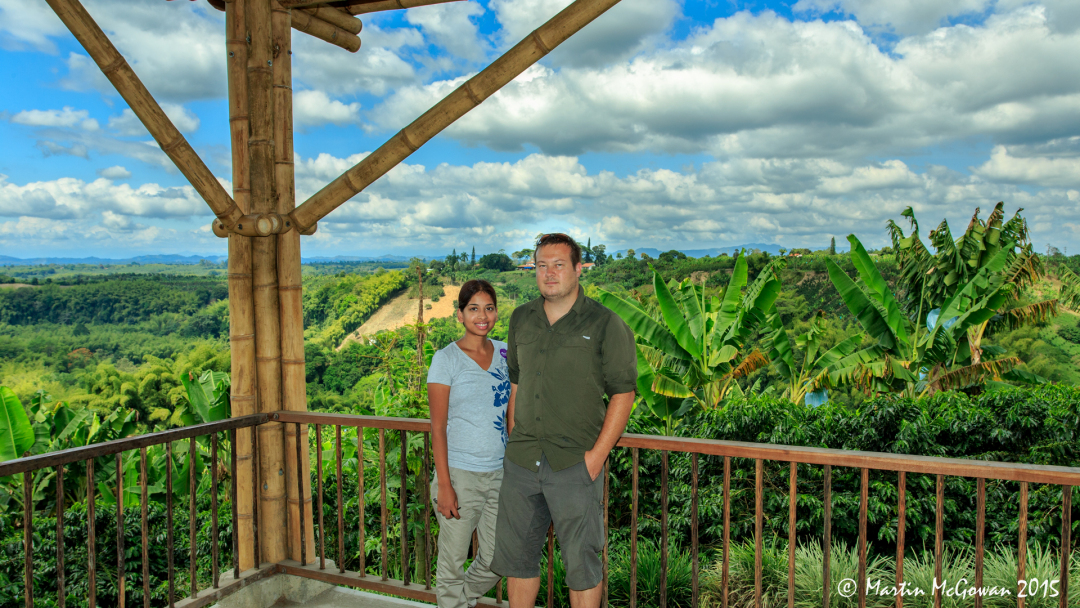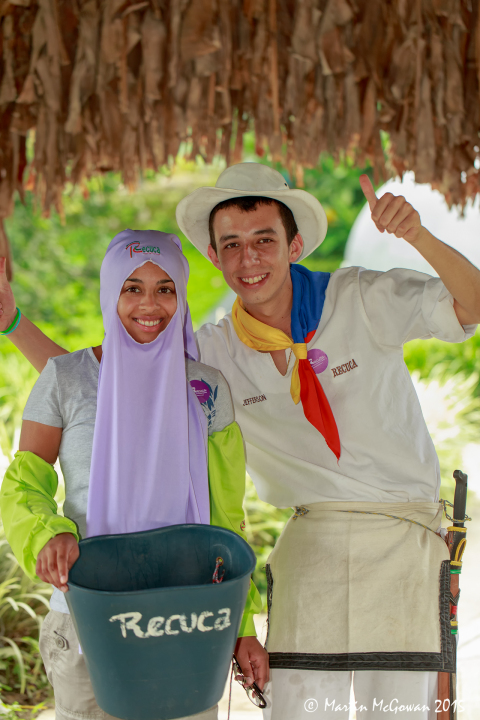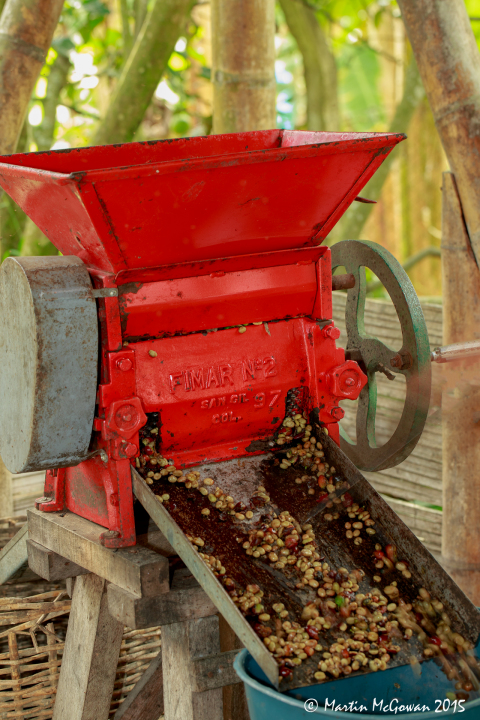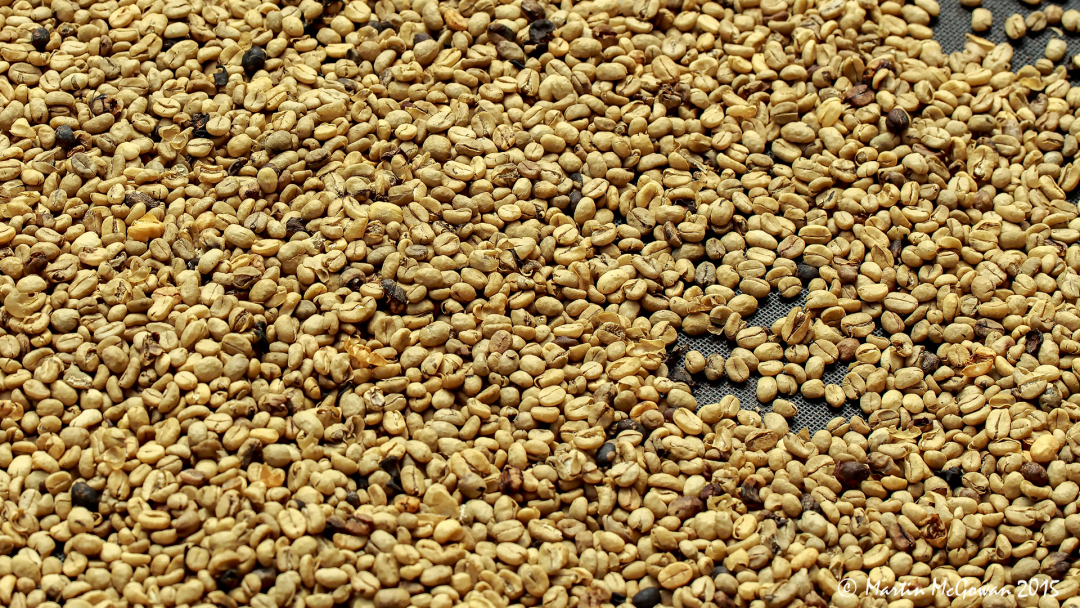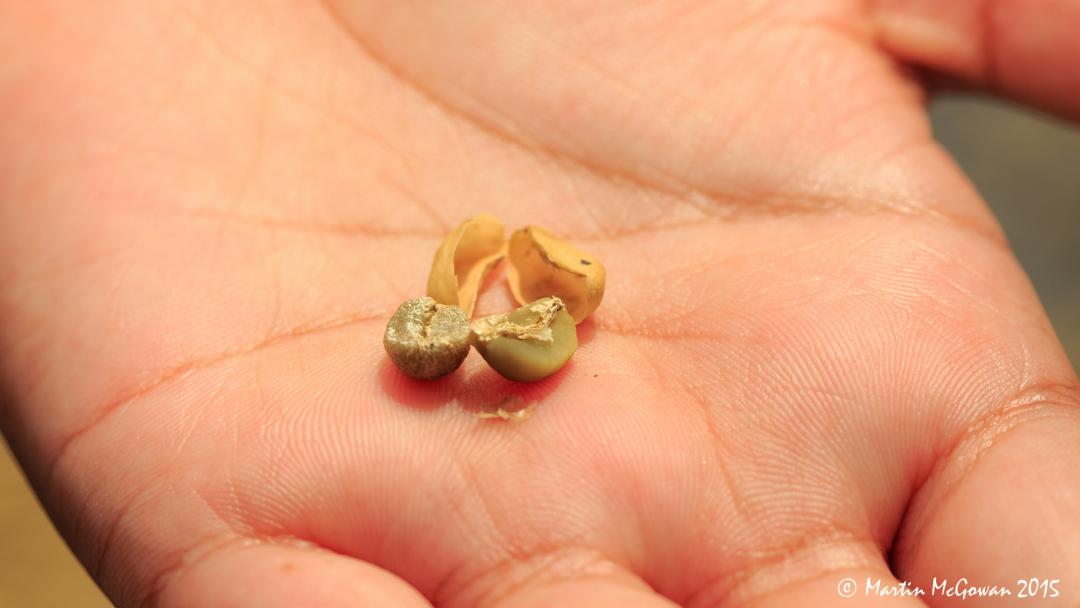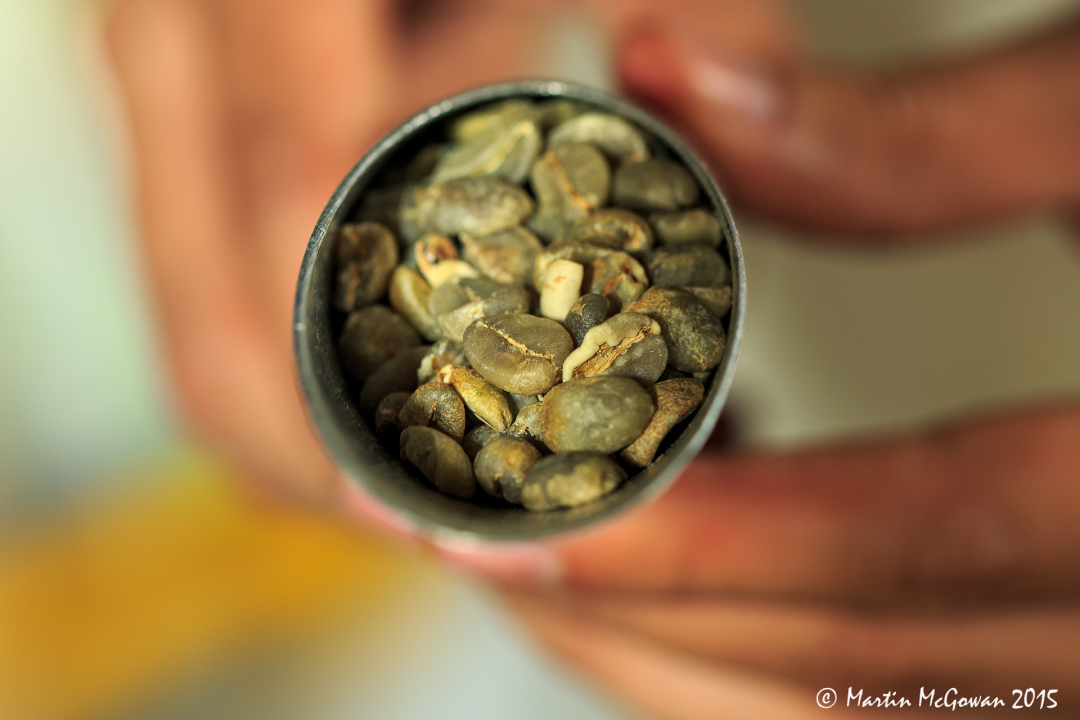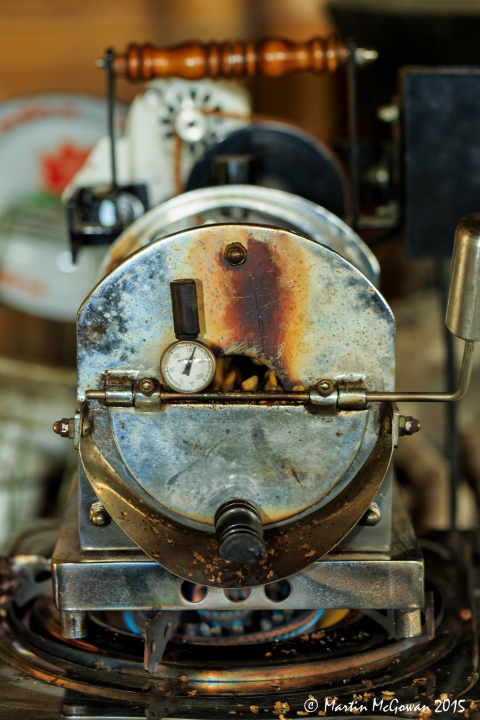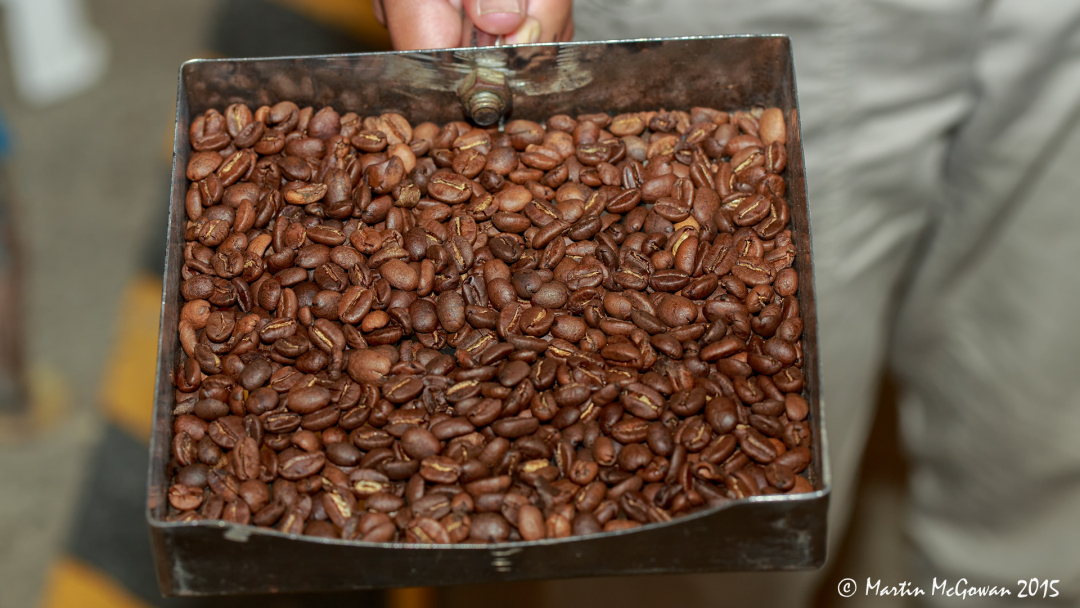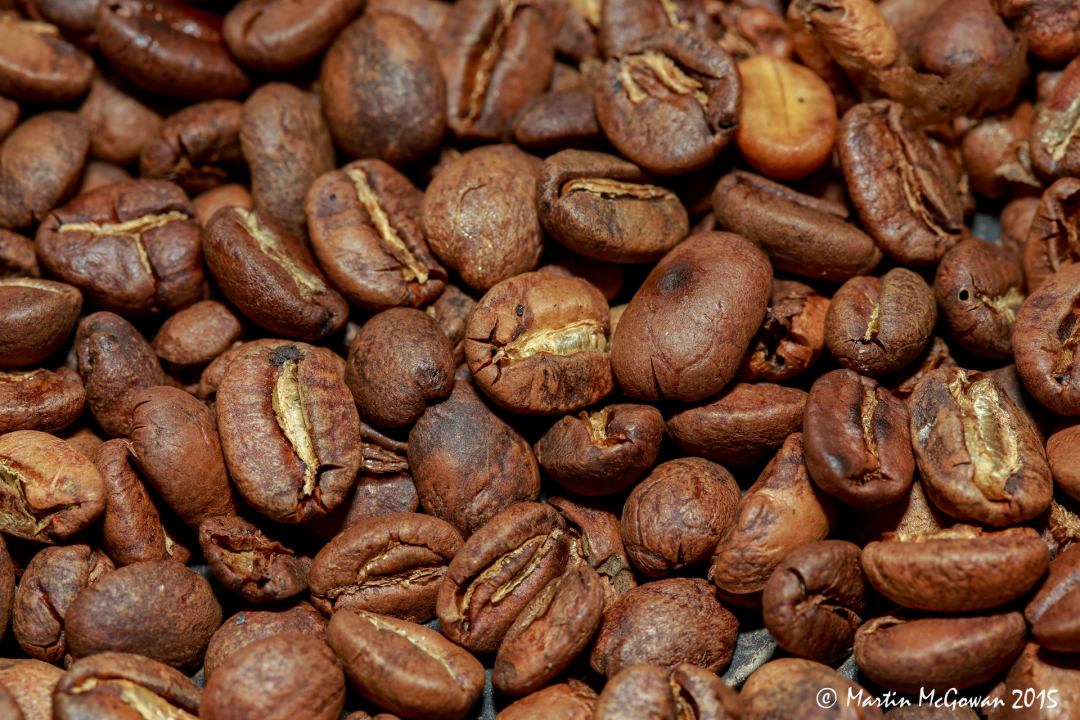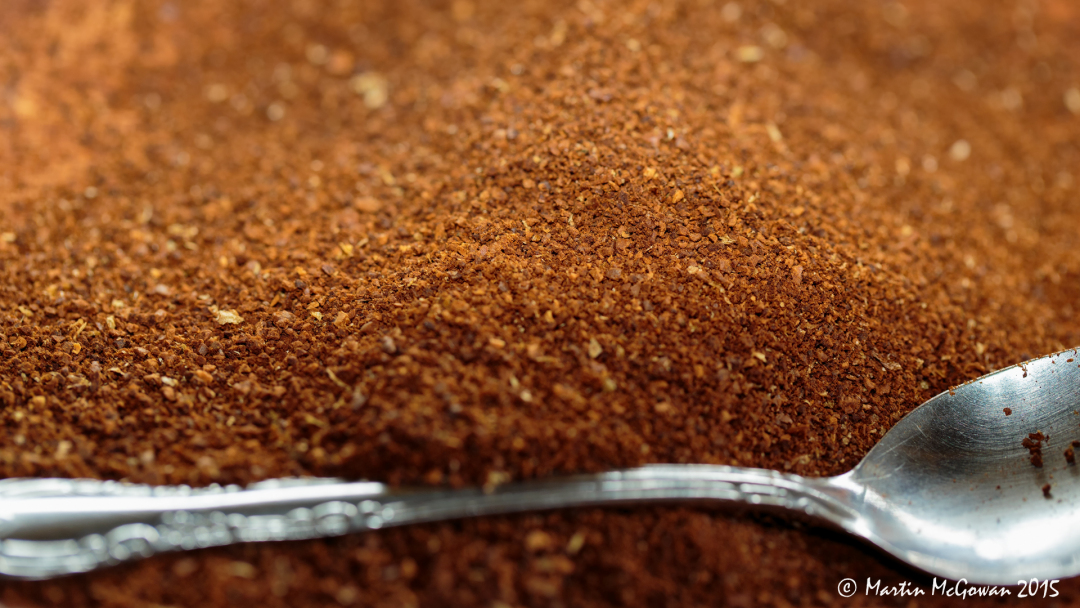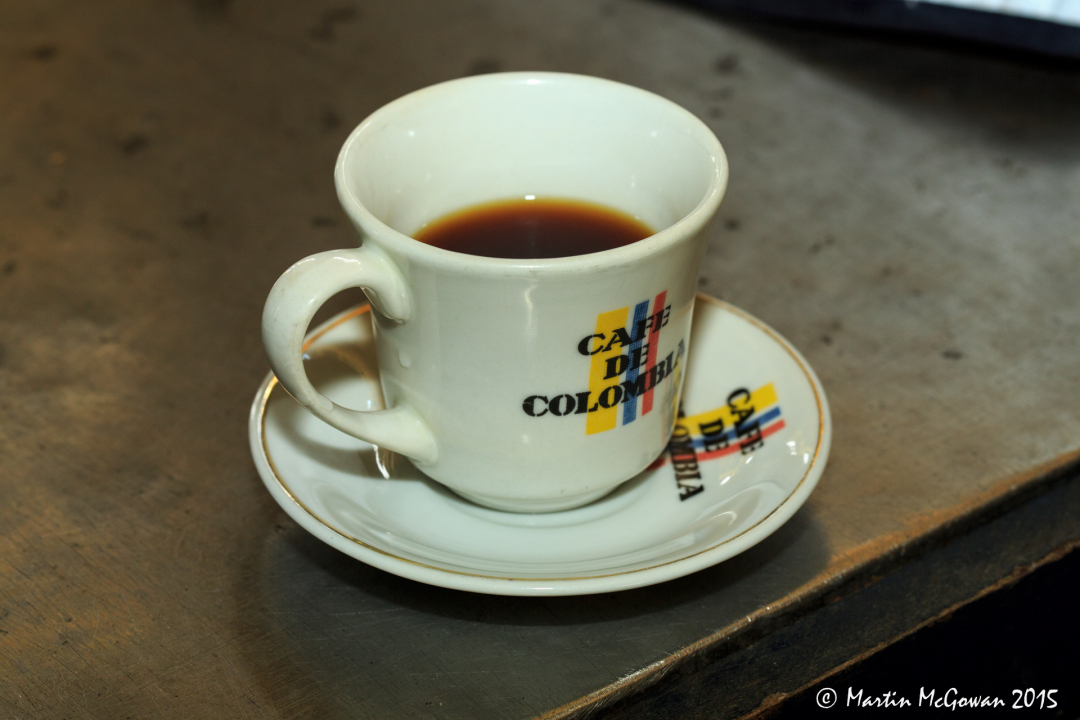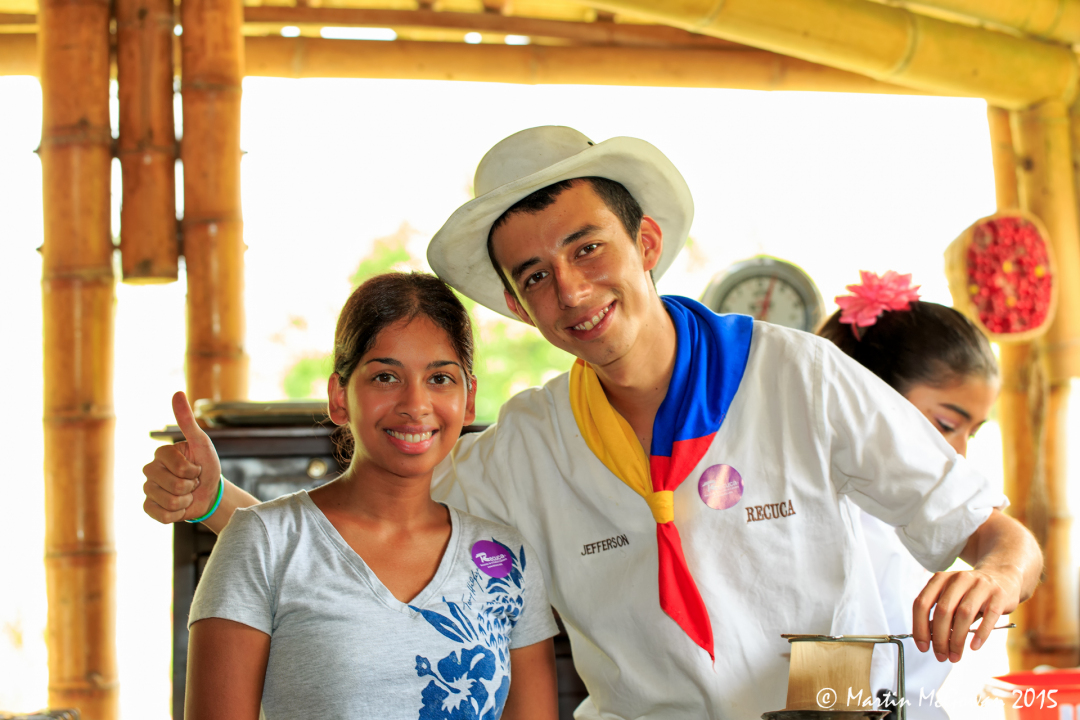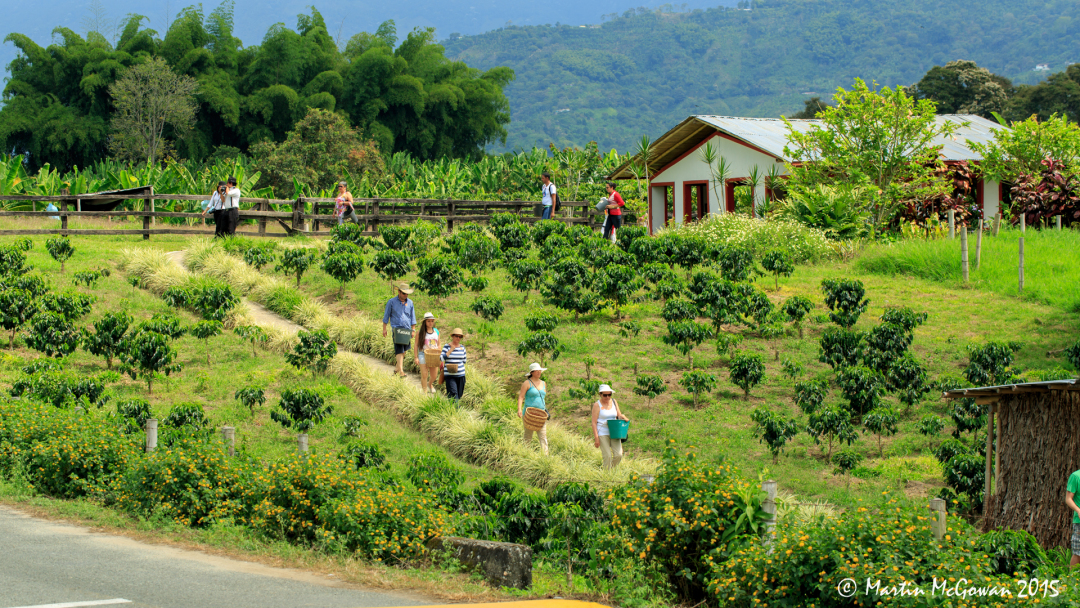24th December
Colombia is working on shaking off its perceived image as a dangerous and risky place to visit; to attract more visitors to its shores, it has adopted a new slogan ‘The only risk is wanting to stay’. So far, it’s true, although we are always careful about where we go and check the routes beforehand.
The coffee growing region is no exception; we only find friendly people, tranquillity and the incredible views of the Andean landscape. Declared a UNESCO world heritage site in 2011, the Coffee Triangle of Armenia, Pereira and Medellin is famous for growing the majority of Colombian coffee, often considered the best in the world.
Colombia is synonymous with coffee, in particular the top grade Arabica bean. Coffee cultivation was first brought to the region in the mid nineteenth century, quickly developing into one of the most profitable crops for the local farmers. Demand is growing; it has become the world’s second most traded commodity after crude oil. Outside of the coffee region, it is not drunk too much so most of it is exported overseas, 11.5 million bags, 3rd highest after Brazil and Vietnam (which has recently knocked Colombia out of its traditional 2nd place).
Colombian coffee grows in the moist, temperate foothills of the Andes; a combination of the rich volcanic soil, high altitude and warm, wet climate helps the coffee plant to grow, producing a good quality, mild and well balanced cup.
Coffee plantations cover most of the mountain slopes in this region, which stretch as far as the eye can see.
As we are both partial to a cup of good coffee, usually for 6 o clock start drives when trying to keep our eyes open, we are both interested to learn a bit more about the process. We had been on the tea tour in the hill station of Munnar in Southern India a few years ago, and now it was finally coffee’s turn!
After a fried egg, arepa (type of flatbread) and hot chocolate breakfast in the square, we drive out of Salento along good, fast roads from which we make a detour to the famous Recuca coffee farm, a turn off taking us down a narrow winding road which seems to go on forever. Just as we are thinking we must have gone past it somehow, we spot a sign in the distance. Pulling up into a large car park, we are greeted by two young men dressed in white with one hand waving a huge Colombian flag and the other trying to keep a very loud braying donkey in tow!
As I get out to pay for the tickets, I’m told to ‘wait a moment’ by the guy with the donkey who proceeds around the side of the building, leaving me standing there. By the time Martin meets me, nothing has progressed so we wander around the grounds trying to look for someone who speaks English.
We eventually find someone who then takes us on a personalised tour of the coffee plantation! The Spanish speaking group is huge, so we realise there are some advantages in only speaking English (and some very well-rehearsed Spanish questions and sentences!)
As we are walking through the coffee plantation, our guide Jefferson points out on a map of the world each country’s coffee drinking habits and we are surprised to see Northern European countries such as Norway and Denmark having the highest consumption with the UK having a medium to high consumption. The lowest numbers are seen in Asia as tea is preferential.
We are taken through the process from seed to cup; ‘the secret is the right amount of sunshine, height, and just enough rain’ Jefferson tells us.
The rich Arabica coffee beans are planted and left to grow; after sprouting they are removed from the bed and planted in individual pots. They are watered frequently and protected from any harsh weather until large enough to be permanently planted.
The coffee plants flower and begin to bear fruit known as the coffee cherry after three to five years. In Colombia, there are two harvests a year although in most countries, it’s just one.
At Recuca, all the picking is done by hand and it’s our cue to have a go. Jefferson puts on my arm protectors for the sun and the insects and then a full veil completely covering my head, back and shoulders. I’m boiling already! Next, a bucket is tied around my waist (making walking a little hazardous) and we all set off towards the coffee fields.
As a coffee picker, my wage would be based on the weight of beans I could pick in a day. It’s difficult to find the red ones in a sea of green, un-ripened beans and it‘s hard work doing it for 5 minutes in the heat let alone hours on end.
The beans then need to be processed, where a machine separates the skin and pulp from the bean. The pulp is washed away with water, the lighter beans floating and the heavier riper beans sink.
After separation the beans are put into water filled tanks to remove the outer layer for around 1-2 days and will now feel rough rather than sticky to the touch.
Finally the beans are dried either naturally or in a large tumbler before being roasted where the oil from the bean emerges producing the flavour and aromas.
The excellent tour finishes by brewing our own coffee and of course a taste of the good stuff. But first we have to roast the beans.
The beans are carefully weighed and then ground down to a coarse powder followed by water at 90 degrees, not boiling, slowly poured over it.
Fuelled up for the journey, we join the PanAm again arriving in Cali around three hours later. Being Christmas Eve, we check in for a couple of days of luxury at the Intercontinental!


